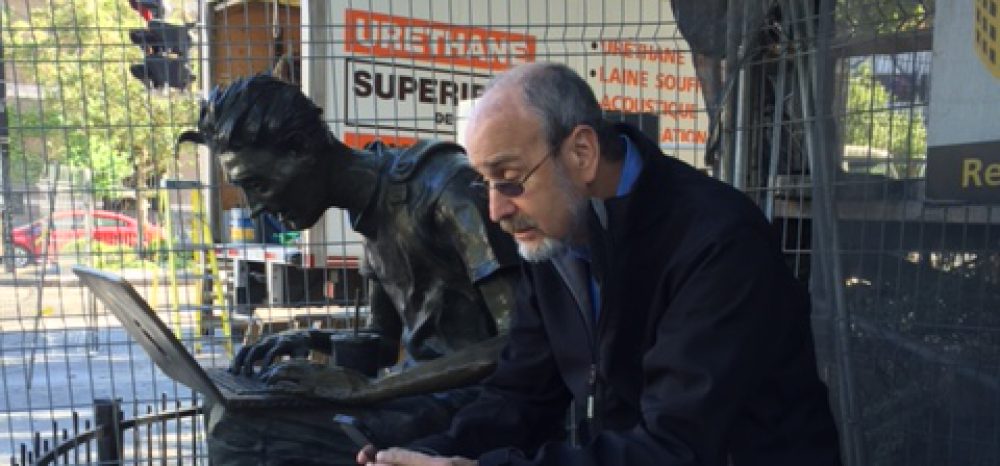Our 16” inch softball game had just ended at Pilsen’s Harrison Park, and a group from our team crossed the street to Bishop’s to enjoy some chili and some cold Filbert’s root beer. My team, the Englewood District Office caseworkers, was crushed by the caseworkers from the Oakland District Office by the lopsided score of 15 to 6.
The Oakland team not only had better athletic talent, but they were also more focused. Perhaps this resulted from the influence of the strong Progressive Labor Party cadre that played for Oakland. Our Englewood team seemed as dispirited on the field as they did during the work week in our office.
During the summer of 1972, it seemed that at least one bomb threat was called into the Englewood Public Aid office on Halsted and 61st Street each week. The police didn’t know why these threats were occurring, but each one frayed our nerves. As we would wait across the street for the police to give us an all clear to return to the building, we couldn’t help but notice the empty lots and boarded up stores in what had once been a bustling, commercial area.
My best friend at Englewood was Steve Kowalski, a Polish kid from the Northwest Side with a blond ponytail and a fondness for tie-dyed shirts. He graduated from Forman High School and UIC, and, like me, took one of the seemingly plentiful caseworker jobs available at the Cook County Department of Public Aid. In those days if you had a college degree and were able to pass a fairly easy civil service examination, you were hired by the county and assigned to one of the district offices, located mainly on the South and West Sides.
As usual, our chili at Bishop’s was excellent, but the root beer didn’t quite do the trick in quenching our thirsts. Steve asked me and another one of our coworkers, a black guy named Greg, if we would like to go back to his place in Canaryville where there were two six-packs of cold Old Style in the refrigerator waiting for us. We thought that was a splendid suggestion.
We got into Steve’s Volkswagen bus for the trip to Canaryville, located just three miles southeast of Pilsen. Canaryville was a white ethnic enclave, mostly Irish with a smattering of Poles and Lithuanians, adjacent to the recently shuttered Union Stockyards. In fact, the last pen and killing floor had closed the year before, and the stench of dried blood still hung in the air.
No one seemed to know for sure the origin of the community’s name. Although one legend has it that birds used to swoop down into the Stockyards picking at whatever animal remains they could find, finally resting themselves in the shade of the nearby trees before flying away. One thing that we did know was that Canaryville had a history of racial intolerance. Steve mentioned that one of his elderly neighbors proudly recalled bashing the skulls of Blacks during the Race Riot of 1919. Steve added though that most of his neighbors had been warm and kind since he moved to Canaryville about a year earlier.
Steve never even gave it a second thought to have a black friend over to his apartment. He knew that some of the old-timers poked fun at his ponytail and thought that he was some type of hippie, but he never had problems with anyone in the neighborhood. Greg and I spent a few hours at Steve’s that evening, enjoying our beers, listening to Pink Floyd, and discussing office politics. Steve then drove us to the el station at 35th Street, where Greg and I took trains back to our homes.
The next morning at the office, Steve looked tired and troubled. He told me that overnight his windshield had been smashed with a rock and “N-lover” had been scrawled on it. He felt betrayed by the people who had taken him into their community as a neighbor. Steve wondered if this incident was an anomaly or did racial hatred still run deep in this community. He had a lot to think about regarding his own future living in the neighborhood, referring to the situation as his “Canaryville Blues.”
Canaryville Blues
Reply

